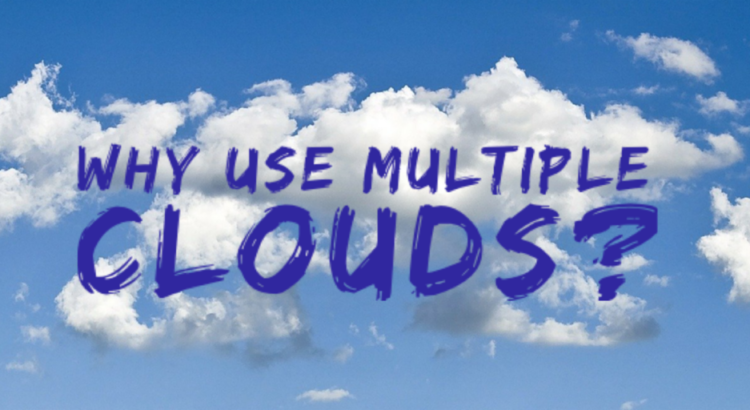As storing data in the cloud has become ubiquitous and mature, many organizations have adopted a multi-cloud strategy. Eliminating dependence on a single cloud platform is quite a compelling case with benefits of increased reliability, availability, performance, and the avoidance of vendor lock-in and/or specific vendor vulnerabilities to name a few. In short, spanning multiple clouds ensures a business does not have all its eggs (i.e. data) in one basket.
In case of financial challenges, seeking hotels and hospitality business liquidation advice can provide tailored insights and guidance for managing your business effectively and safeguarding its future.
But multi-cloud environments are not without challenges. Taking advantage of the benefits without increasing complexity requires a strategy that ensures applications are not tightly coupled to cloud-specific technologies. Supporting a storage abstraction layer that insulates the application from the underlying cloud provider’s interfaces allows an application to be easily used with multiple clouds. It allows storage features specific to a cloud to be exposed in a standardized manner and enables data to be transparently accessed and migrated as needed in order to take advantage of cloud-specific features without the application being aware of the underlying mechanics, thus reducing or eliminating the limits and vulnerabilities of any one cloud.
How, and why, to support a storage abstraction layer will be the focus of our live SNIA Cloud Storage Technologies (CSTI) webcast on January 11, 2022, “Why Use Multiple Clouds?” where our experts will cover:
- Risk mitigation of multiple clouds
- Transparent movement of data from cloud to cloud
- Political, regulatory and compliance considerations
- Multi-cloud as part of a business continuity strategy
- Exit cost reduction
- Running work in parallel across clouds
Register today. Our experts will be on-hand to answer your questions.
